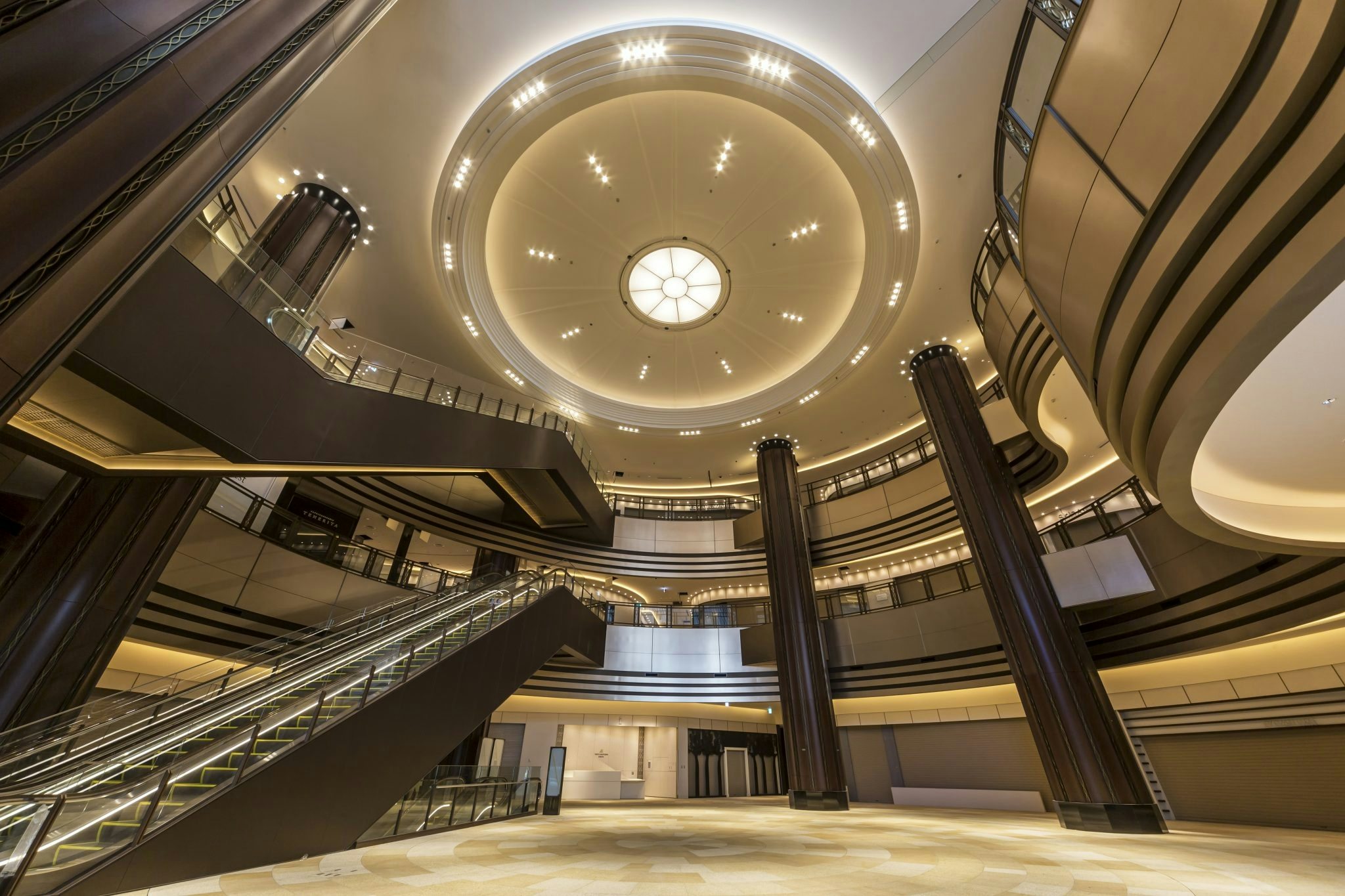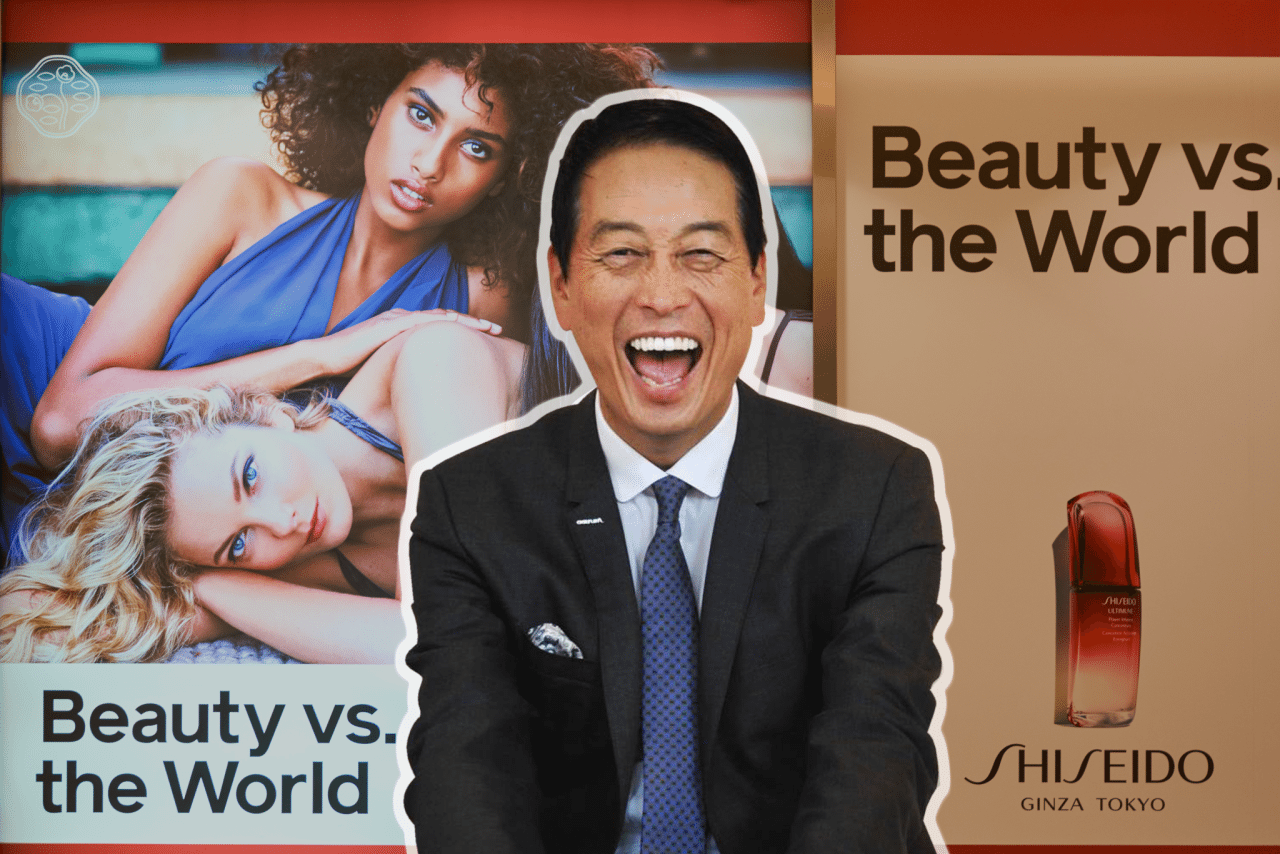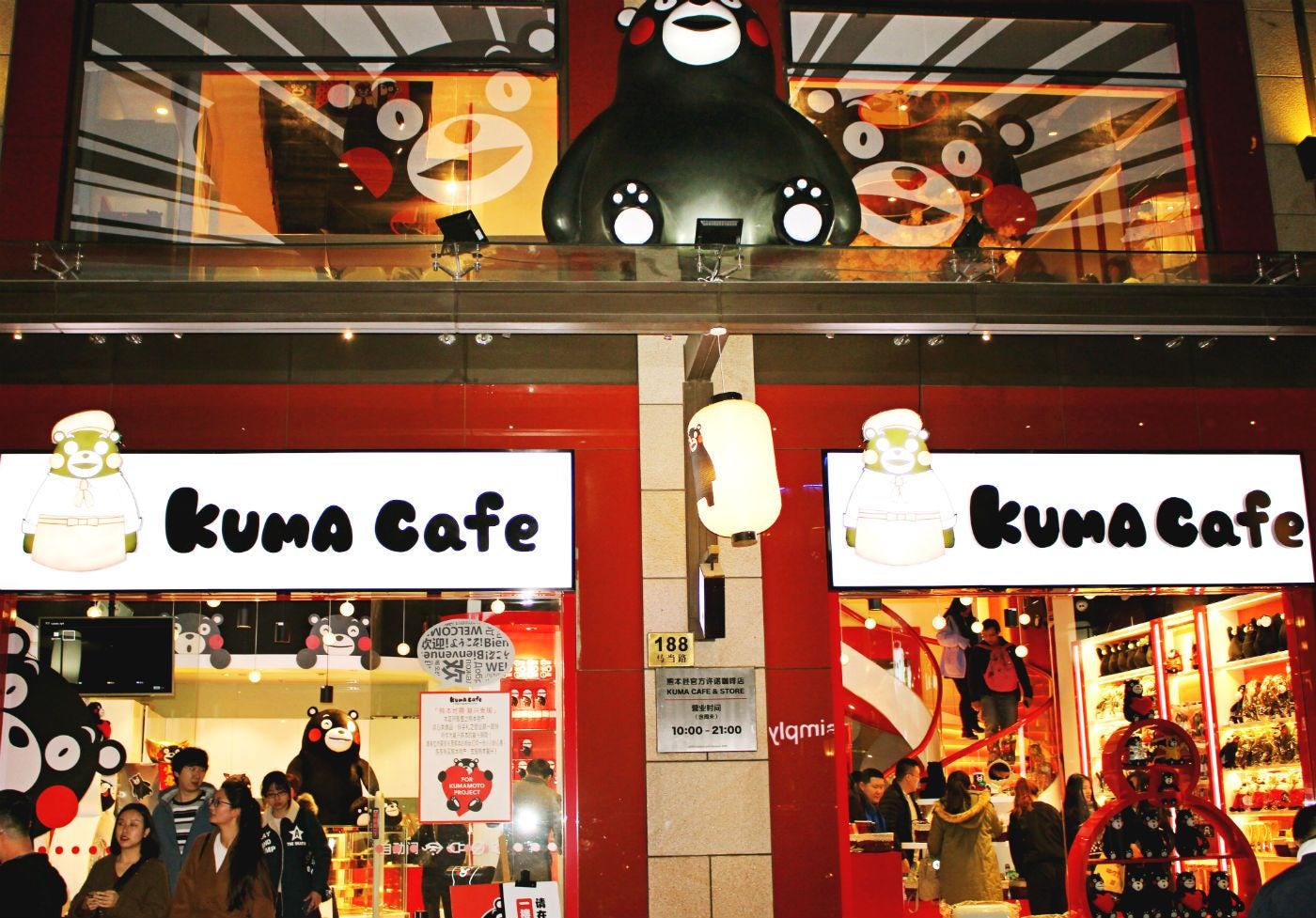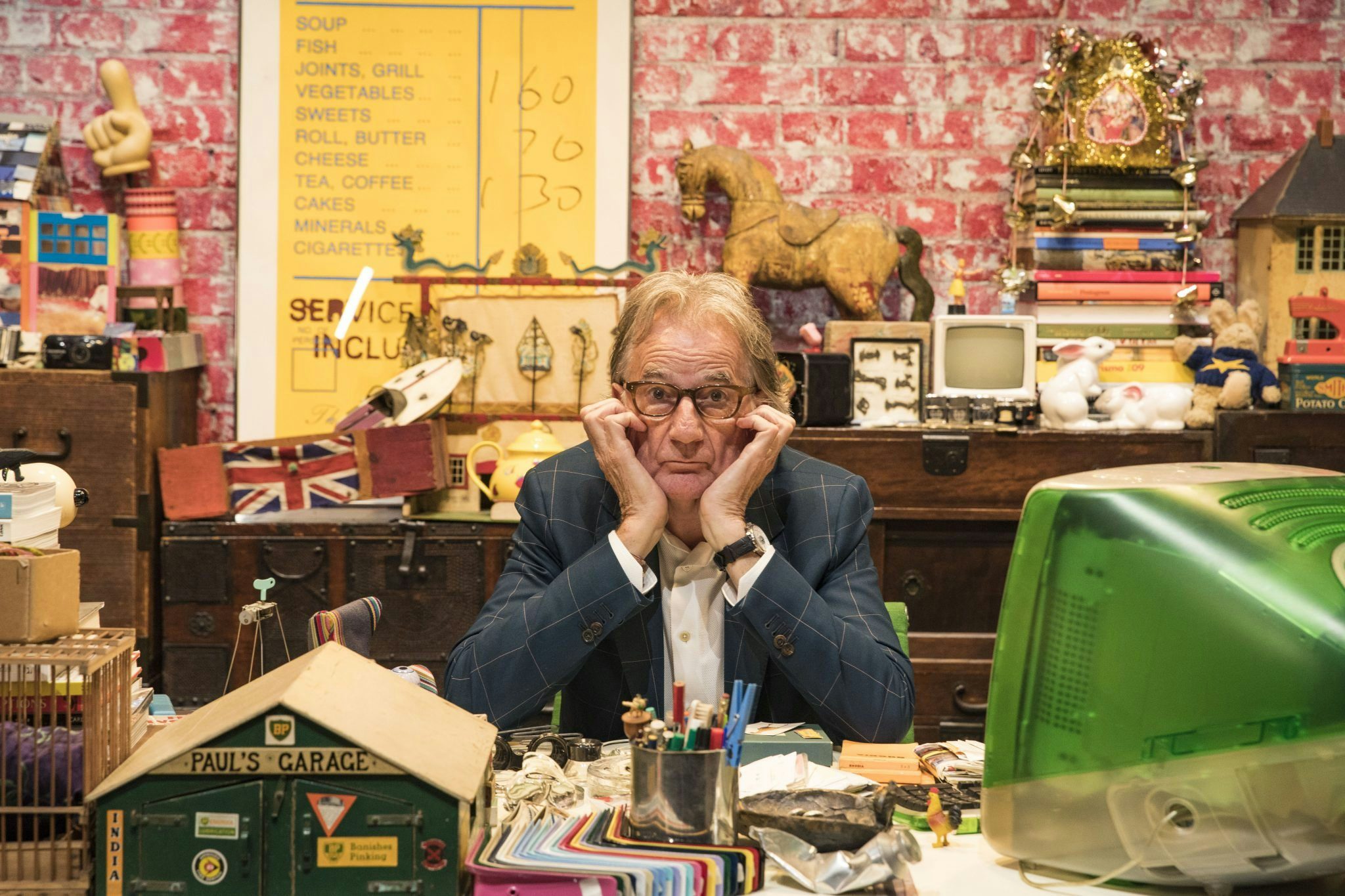Editor’s note#
: Chinese tourists spend disproportionately on luxury items, making them coveted customers both at home and abroad. This story was first published on Jing Travel.
Space is scarce in Tokyo, and yet there always seems to be room for one more sprawling high-end shopping center.
Sometimes they can transform entire neighborhoods. The opening of Roppongi Hills and Tokyo Midtown in quick succession in the last decade turned the formerly seedy nightlife hotspot of Roppongi into an elegant weekend hangout for the entire family and an attractive tourist location. The latest addition to the Midtown brand does not need to transform its neighborhood; Hibiya has always been perceived as a dignified and sophisticated area. Nevertheless, the impressive new facility faces its own challenges, not the least of which is standing out in an already crowded retail sector and reaching out to increasingly lower-spending Chinese travelers.
Tokyo’s luxury shopping centers have always courted foreign tourists, and foreign tourists in Japan mostly means Chinese tourists, who make up close to 27 percent of all foreign travelers. Last year, those 27 percent shopped for 878 billion yen or 8.212 billion, more than half of the country’s entire tourist spending on shopping. Still, retail spending per capita by Chinese tourists has been on the decline in recent years. Bakugai, or explosive shopping, a term specifically coined for the spending sprees of Chinese visitors, is not as safe a gamble as it used to be.
Tokyo’s newest haven for serious retailing, Tokyo Midtown Hibiya, tries a more varied approach to lure in visitors than just presenting another assemblage of international brand stores. There are cafés and restaurants on almost all the seven public floors (six above ground, one below).
The third floor provides international and domestic fine dining, with the basement floor having more of a food court appeal. The most intriguing blend of shopping, strolling, eating and drinking might be the Hibiya Central Market on the third floor, where artisan beverages and traditional Japanese pub food are served between bookshops, barbers, and fashion boutiques without too many walls in between.
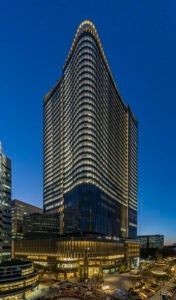
In the Lexus shop on the ground floor, customers can not just marvel at the carmaker’s latest models but make an appointment for a test drive right away. Two floors are reserved for the Toho Cinemas Hibiya multiplex, with 13 screens and 2,800 seats the biggest of its kind in central Tokyo. Its lobby showcases the popular Godzilla statue that used to adorn the square in front of the building, which recently got an updated version of the monster memorial.
Like Roppongi Hills and Roppongi’s Tokyo Midtown, the Hibiya offshoot is a multi-use facility. Where the shopping stops, the building continues, offering office space all the way up to the 35th floor. On the sixth floor, shoppers and workers can mingle in an area christened Base Q, composed of coffee spaces and conference rooms with a view.
For the time being, Mitsui Fudōsan, the real estate developer behind both Midtowns, is being vague about services catering specifically to Chinese customers. ‘To be determined’ was the comment available on request in the week before the official opening in late March. However, experience has shown that upscale malls like Ginza Six and the original Tokyo Midtown will provide services like yuan/yen exchange as well as some Chinese-language information, at least in writing or recorded messages. A pamphlet explaining the sometimes complicated process for duty-free refunds in Chinese is already available in Hibiya. Roppongi’s Midtown occasionally provides foreign-language service staff, identifiable by pins bearing national flags.
The new Tokyo Midtown offers inviting architecture and is ideally located for tourism. Its curvy layout (a very different approach from that of its boxy predecessor) is supposed to simulate dancing, an activity the quarter is historically famous for. The complex is very close to the Imperial Hotel, probably Tokyo’s first address for the more luxury-minded traveler, and several tourist attractions like Hibiya Park, the Imperial Palace as well as the famous all-female Takarazuka theater. Most of this can be viewed from the Hibiya Garden terrace on the sixth floor. There should be no shortage of parking spaces for tour buses, which has been a problem for the town’s shopping centers in the past.
